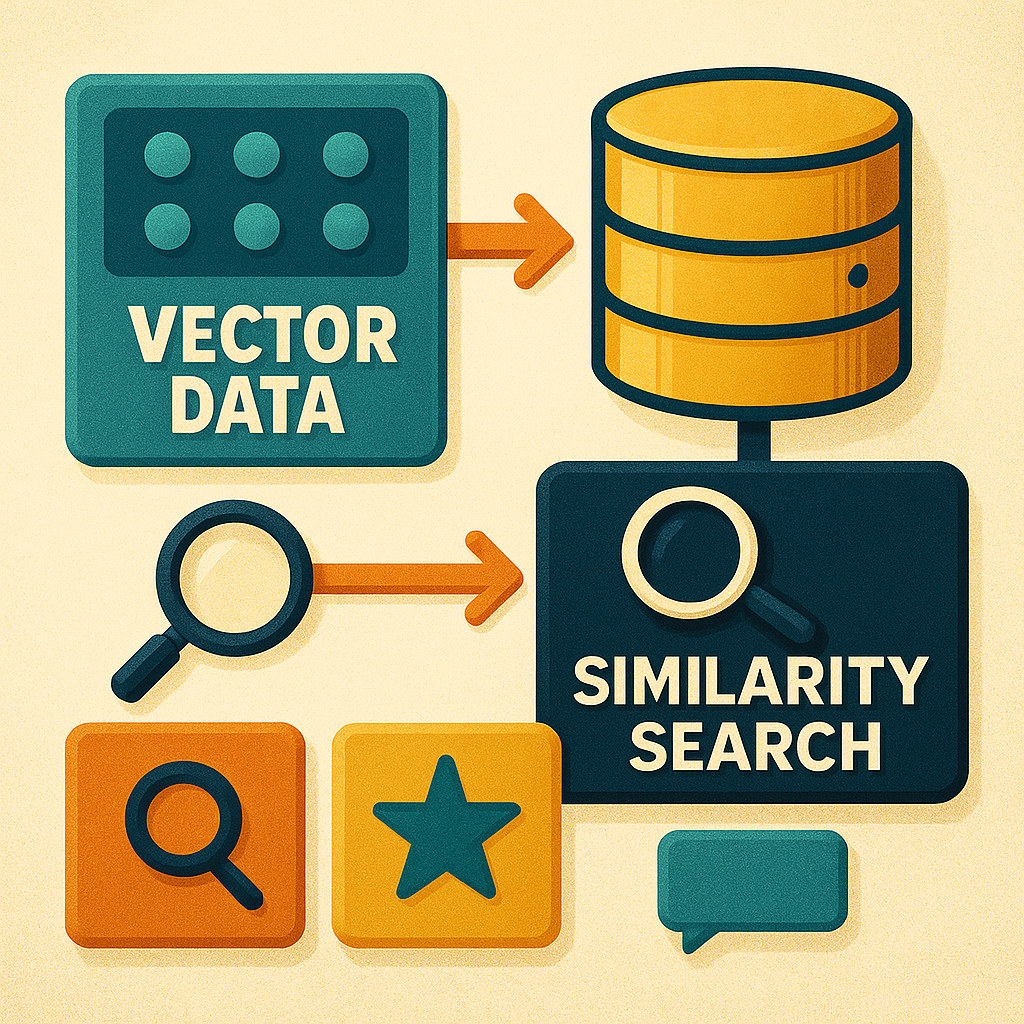Vector databases are specialized data storage systems designed to handle, store, and search high-dimensional vector data. These vectors are often generated by machine learning models to represent complex data like images, audio, video, and especially text, including embeddings from natural language processing (NLP) tools like OpenAI, BERT, or SentenceTransformers.
Unlike traditional databases that store and retrieve data using exact match queries, vector databases allow for similarity searches based on mathematical distance between vectors. This enables more accurate and intelligent search and recommendation systems.

What Are Vector Databases Used For?
Vector databases are commonly used in AI-driven applications that require fast and accurate search through unstructured data. Typical use cases include:
-
Semantic Search: Search engines that return results based on meaning rather than keyword matching.
-
Recommendation Systems: Matching users with content, products, or services based on vector similarity.
-
Image and Video Recognition: Finding visually similar assets or identifying objects in media.
-
Natural Language Processing: Powering chatbots, question answering, and intent matching.
-
Anomaly Detection: Identifying unusual patterns in time series, behavior, or activity data.
Top Vector Databases on the Market
-
Pinecone: Pinecone is a fully managed vector database service focused on simplicity, scalability, and performance. It integrates well with AI and machine learning workflows and offers APIs for quick implementation of similarity search.
-
Weaviate: Weaviate is an open-source vector search engine built for scale. It supports hybrid search (combining vector and keyword search) and has built-in modules for integrating with common ML models.
-
Milvus: Milvus is another open-source vector database built for handling billions of vectors with low latency. It is designed for performance, scalability, and high availability in production environments.
-
Qdrant: Qdrant (Quaternion Database) is optimized for real-time, high-performance vector search with a focus on developer-friendly APIs and integrations with NLP libraries.
-
Vespa: Vespa is an open-source platform from Yahoo for large-scale data serving and vector search. It supports both structured and unstructured data and is optimized for complex ranking and recommendation tasks.
Vector databases are transforming how modern applications search, analyze, and interact with unstructured data. They power smarter AI experiences, from semantic search to real-time personalization.
At Code Scientists, we stay on top of emerging technologies to help businesses adopt the right tools for their use case. Whether you are building intelligent search, recommendation engines, or AI features, we can guide you in choosing and implementing the best vector database for the job.
Ping us to explore how we can bring AI-powered solutions into your next software project.